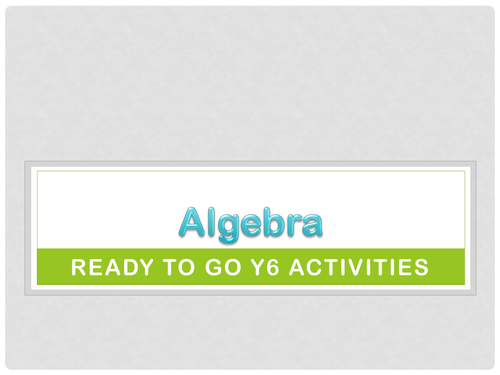Save Our Sundays!
I am a KS2 teacher, Primary Maths Specialist, mum of two and music lover! Lots of maths resources with a sprinkling of English and music planning and display resources. Thank you for looking at my resources; I hope that they help you in some small way to take back the weekend!




















